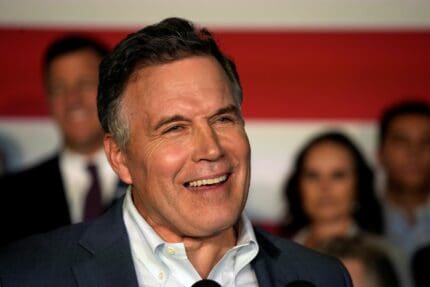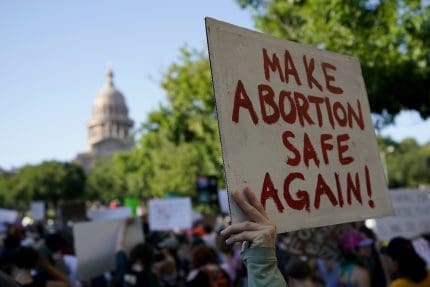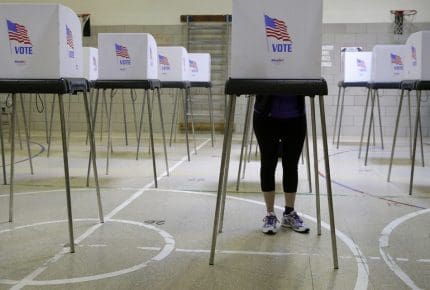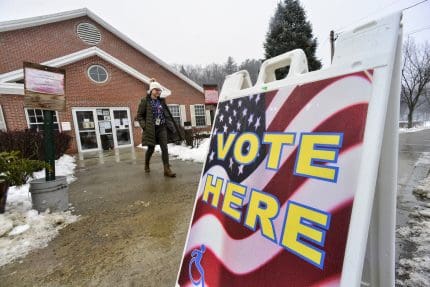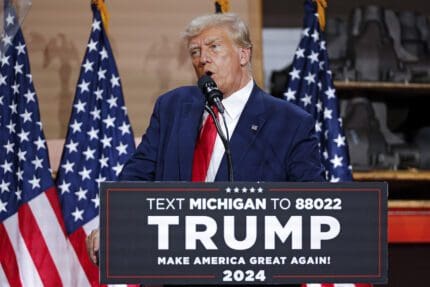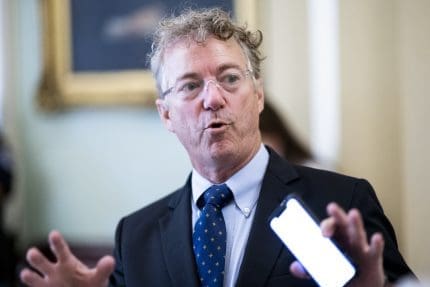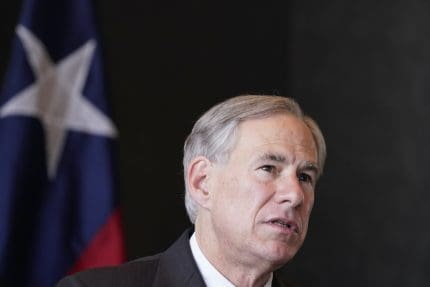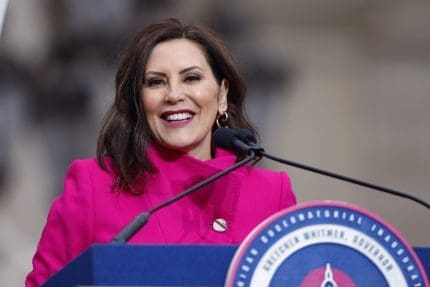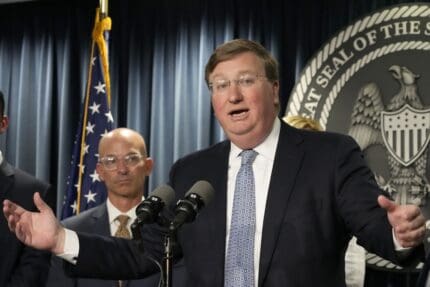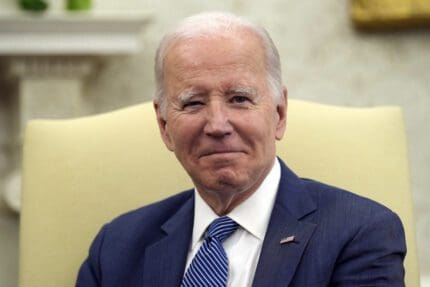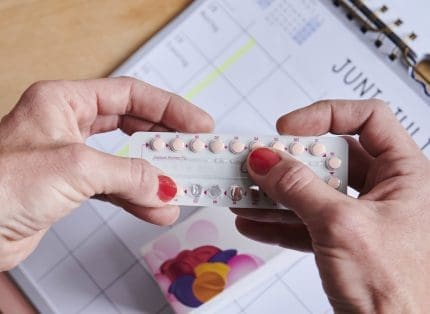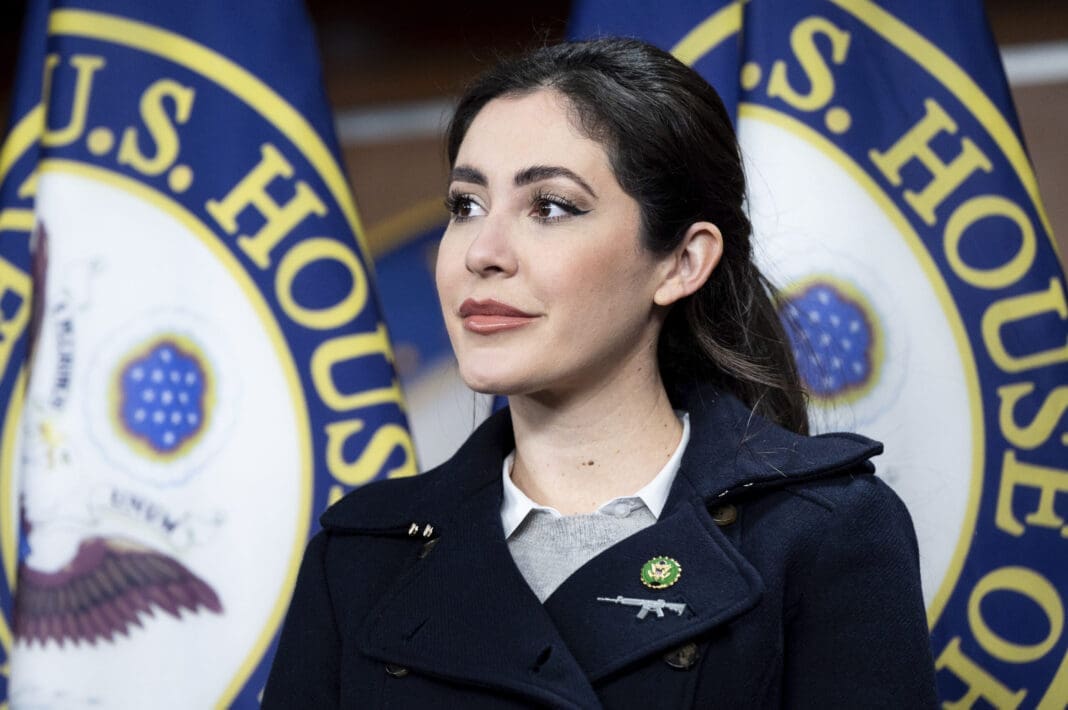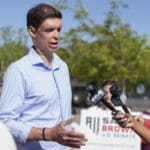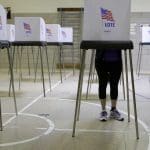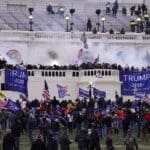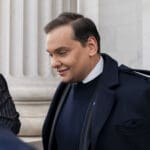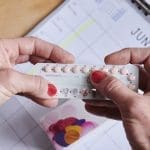It could cost an extra $500 per home to do laundry thanks to Trump
Households will pay more for over the lifetime of appliances thanks to tariffs and anti-environmental policies.

Households may have to pay hundreds of dollars more to do their laundry due to a combination of Trump administration policies targeting washing machines and dryers.
On Tuesday, the Department of Energy proposed a rule to allow washing machines and dryers to use an unlimited amount of energy and water, bypassing 2012 efficiency standards, the Appliance Standards Awareness Project, an advocacy group for more efficient appliances, said.
The rule would create a new “product class” of the appliances that would have no limits on energy or water usage, thus getting around the current efficiency standards.
Lower utility costs from current efficiency standards help save customers $365 over the lifetime of washing machines and dryers, according to the group.
“If this plan made it through the courts, consumers could unwittingly get stuck with appliances that waste energy and water, driving up their bills,” Steven Nadel, executive director of the American Council for an Energy-Efficient Economy, said about the new rule.
The cost increase for Americans could come on top of more expensive washing machines and dryers as a result of Trump’s numerous trade wars.
In 2018, Trump placed a 20% tariff on washing machines. As a result, the Washington Post reported households would pay an additional $86 for a washing machine and an additional $92 for a dryer.
The combination of higher prices and increased costs due to inefficiencies means households could soon pay an additional $543 to wash and dry clothes over the lifetime of appliances.
Trump’s trade wars have resulted in higher costs for consumers and caused economic strife for American farmers.
In May 2019, Reuters reported that tariffs on Chinese imports alone cost households $831 per year. Trump frequently lied about the costs of the tariffs by claiming foreign companies bore the cost. But economists have said that American households pay “approximately 100 percent” of the tariff costs.
China retaliated to Trump’s tariffs by imposing tariffs on U.S. agricultural products, which led to an increase in farmer bankruptcies and contributed to higher suicide rates among farmers.
Farmers were unsure that a partial trade deal reached between Trump and China at the end of 2019 would be enough to make up for the damage that had been done.
“I think it’s a lot of false promises again,” Bob Kuylen, A North Dakota wheat farmer, told the Associated Press in December 2019.
Published with permission of The American Independent Foundation.
Recommended
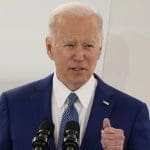
President Biden visits Prince William park to talk solar, youth involvement on Earth Day
Virginia set to receive $156 million from U.S. Environmental Protection Agency program
By Charlie Paullin, Virginia Mercury - April 23, 2024
Texas governor and attorney general do little to curb state’s chemical plant crisis
Republicans Greg Abbott and Ken Paxton have taken thousands of dollars in donations from chemical companies and their affiliated PACs.
By Jesse Valentine - December 08, 2023
‘We’ve been waiting for this’: Union workers cheer Biden’s hydrogen hub plan
Federal funding for the hub is estimated to bring over 20,000 jobs to the Pennsylvania-New Jersey-Delaware area.
By Anna Gustafson - October 17, 2023



















